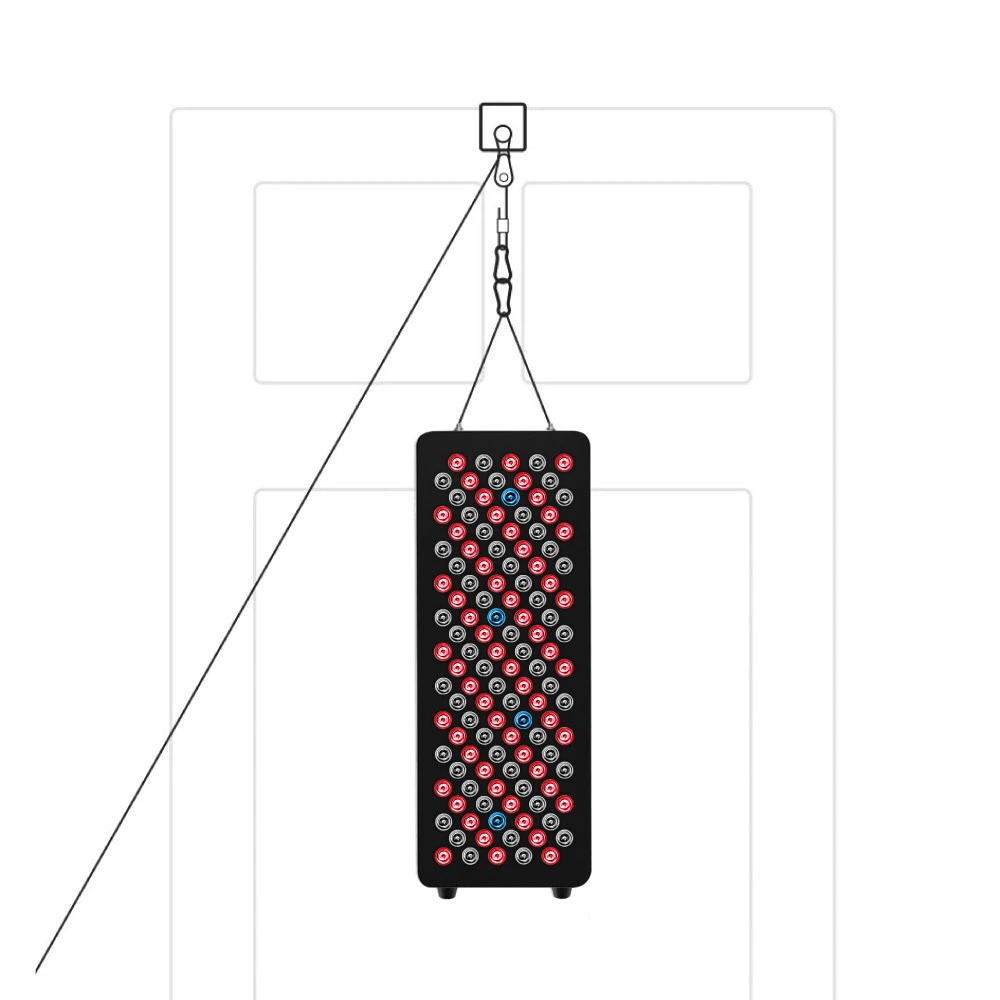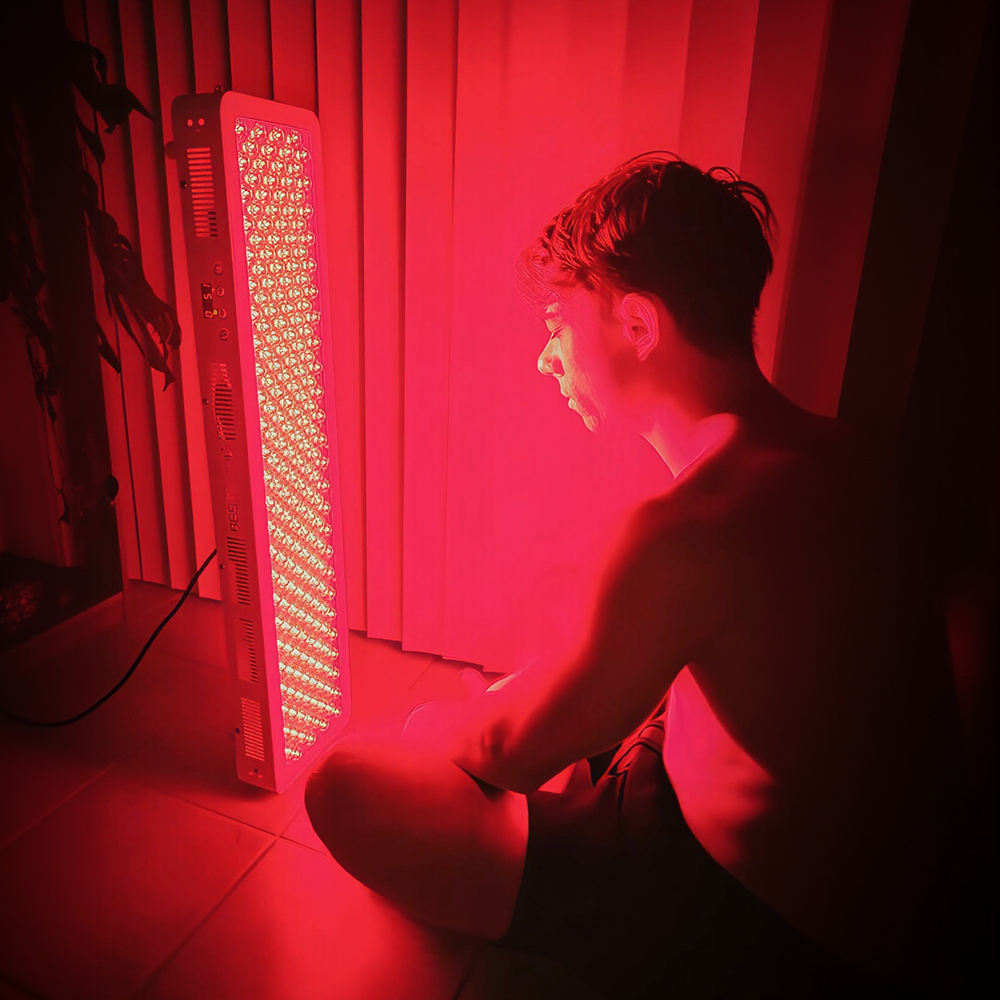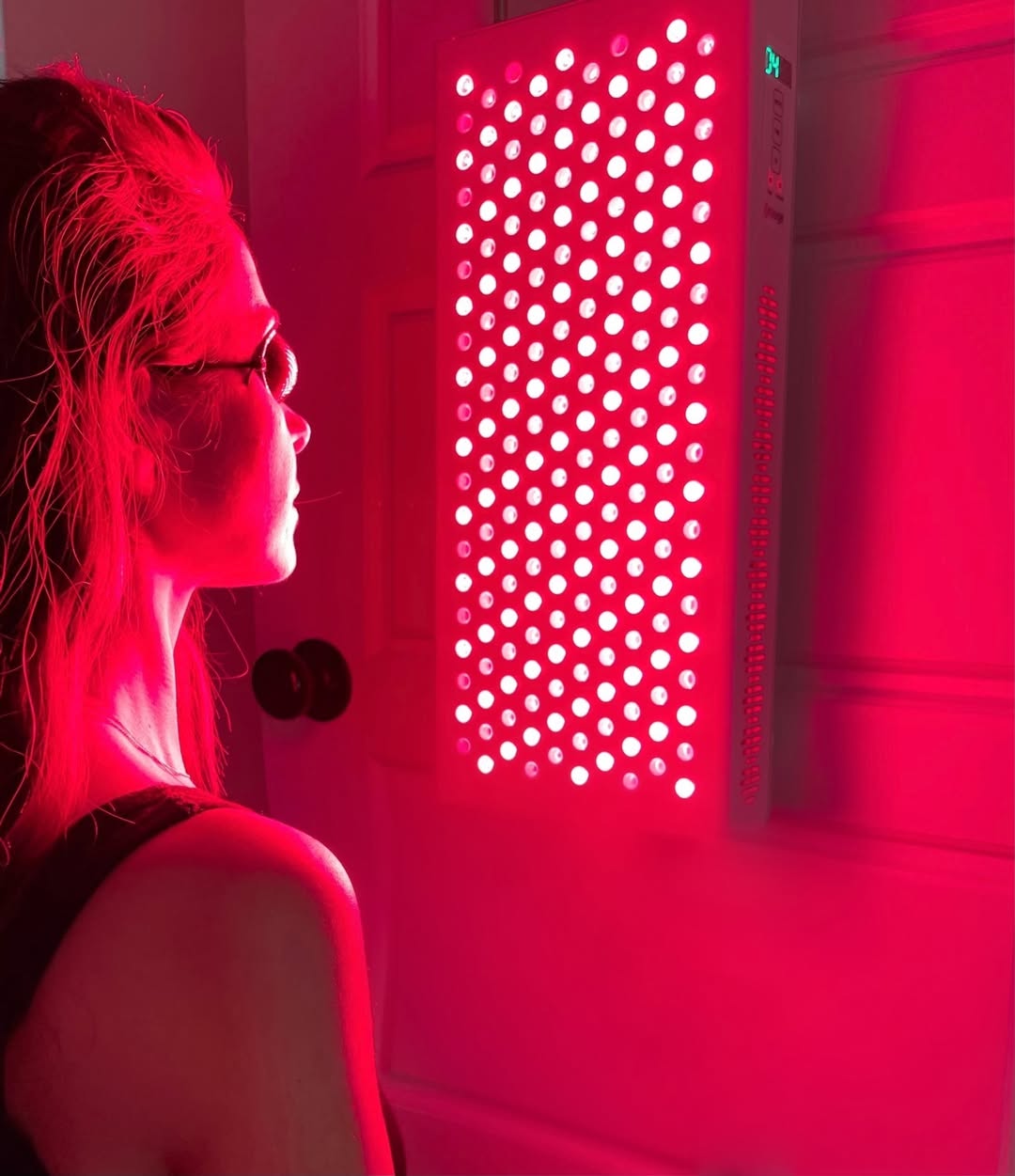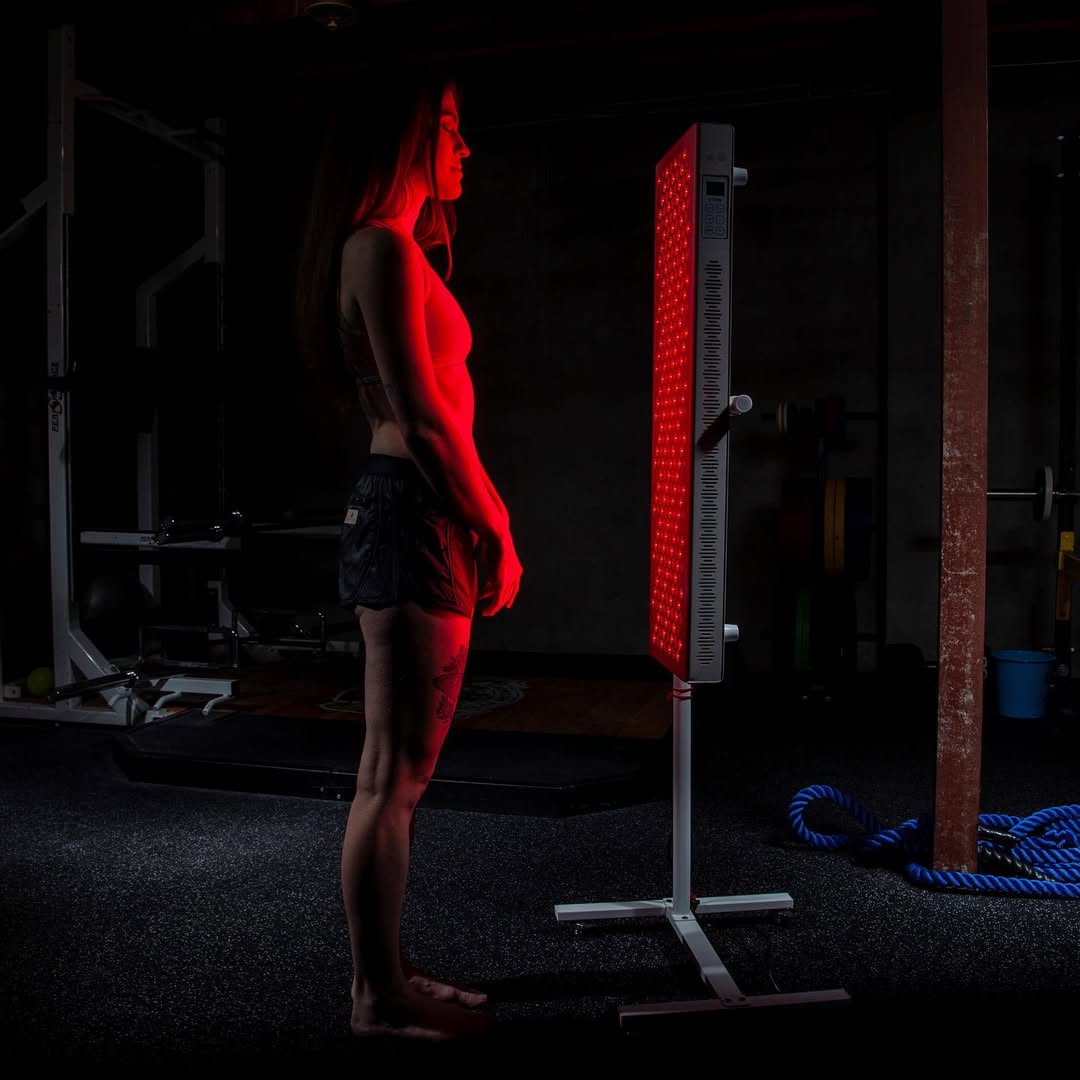![]() Free Shipping
Free Shipping ![]() Buy Now, Pay Later
Buy Now, Pay Later ![]() Eligible
Eligible
Red Light Therapy for Hidradenitis Suppurativa: A Science-Backed Guide
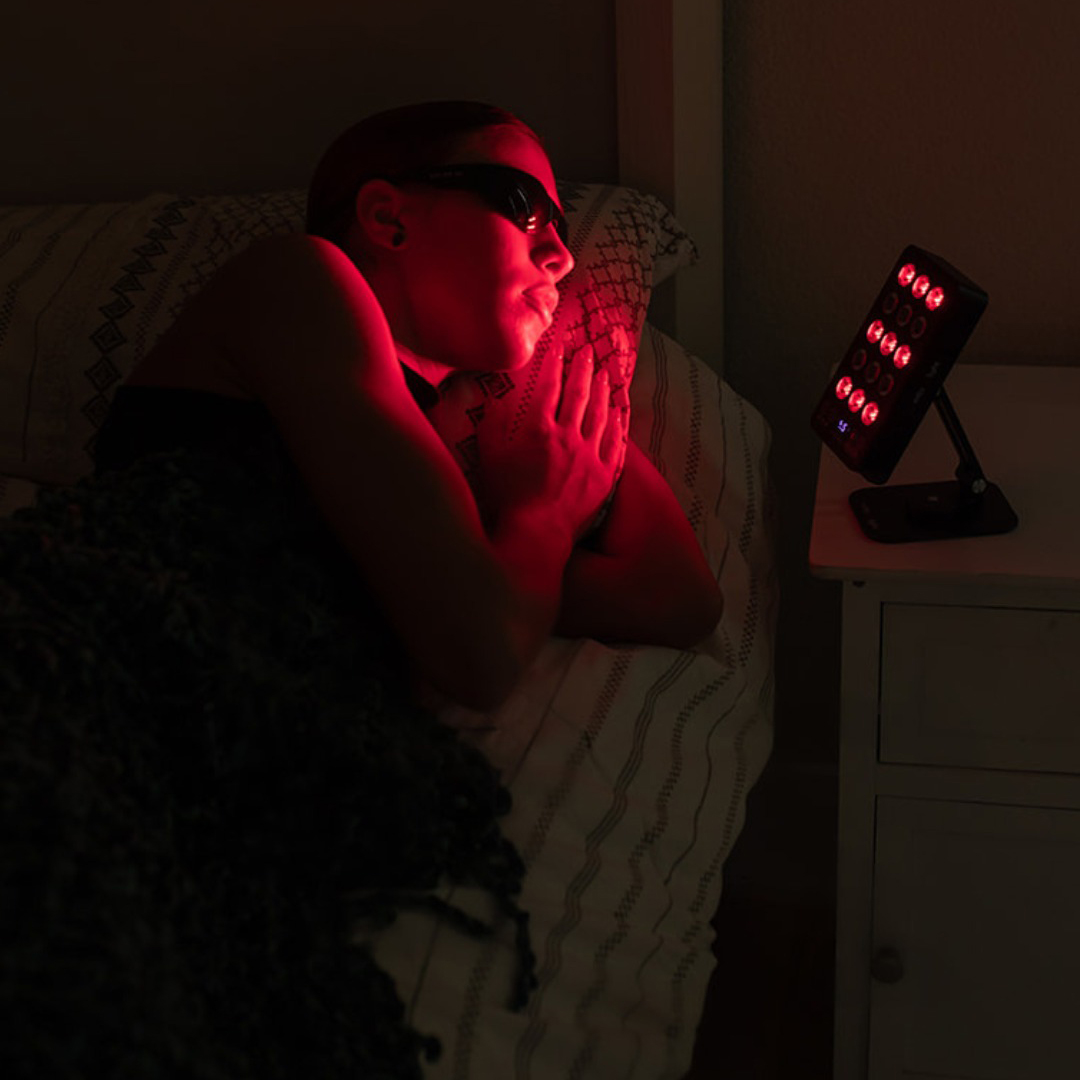
Living with Hidradenitis Suppurativa (HS) is a constant challenge. For those seeking alternatives or complements to traditional treatments, red light therapy (RLT) has emerged as a promising, non-invasive option. But what does the science say? This in-depth guide explores the evidence, mechanisms, and practical considerations for using red light therapy to manage the painful symptoms of HS.
Understanding Hidradenitis Suppurativa (HS)
Hidradenitis Suppurativa is a chronic, inflammatory skin condition characterized by recurrent, painful lumps (nodules) and abscesses that typically occur in areas where skin rubs together, like the armpits, groin, and under the breasts. These lesions can tunnel under the skin, leading to scarring and sinus tracts.
The exact cause is unknown, but it involves the clogging and inflammation of hair follicles, coupled with an overactive immune response. Traditional treatments range from antibiotics and biologics (like Humira) to surgical intervention for severe cases.
What is Red Light Therapy (RLT)?
Red Light Therapy, also known as Low-Level Laser Therapy (LLLT) or photobiomodulation, is a treatment that uses specific wavelengths of red and near-infrared light to penetrate the skin. Unlike lasers that cut or burn, RLT uses low-energy light to stimulate cellular function.
Key Point: RLT is a non-thermal, non-invasive, and non-ionizing therapy, meaning it doesn’t heat or damage the skin.
The Science: How Red Light Therapy Targets HS
The potential benefits of RLT for HS stem from its fundamental effects on cellular processes. When skin cells absorb this specific light energy, it triggers a series of positive biological responses.
Key Mechanisms of Action for HS
- Reducing Inflammation: This is the most significant benefit for HS. RLT inhibits inflammatory markers (like TNF-α, IL-1β, and COX-2), which are often elevated in HS lesions.
- Promoting Wound Healing: RLT stimulates fibroblasts, the cells responsible for producing collagen. This can help repair damaged tissue, close open wounds, and improve the appearance of scars.
- Increasing Blood Circulation: The therapy encourages the formation of new capillaries (angiogenesis), improving blood flow to the affected area. This delivers more oxygen and nutrients while removing waste products, facilitating healing.
- Managing Pain: By reducing inflammation and stimulating cellular repair, RLT can provide significant pain relief, a primary concern for HS patients.
- Antibacterial Effects: While not a primary antibiotic, some studies suggest that RLT can create an environment less hospitable to certain bacteria, potentially reducing secondary infections in HS lesions.
What Does the Medical Evidence Say?
While large-scale clinical trials specific to HS are still needed, the existing evidence is compelling. The rationale is built on RLT’s proven efficacy in treating other inflammatory and wound-related conditions.
A 2021 review in the Journal of Personalized Medicine highlighted photobiomodulation as a promising treatment for HS, noting its ability to reduce inflammation and pain.
Dr. Michael Hamblin, a leading Harvard researcher in photomedicine, has stated: “Photobiomodulation is a very safe and effective way to reduce inflammation and promote healing in chronic wounds. Its application in inflammatory skin conditions like HS is a logical and well-supported extension of its known mechanisms.”
Furthermore, numerous patient reports and small-scale studies have documented improvements in lesion frequency, pain levels, and healing time when using RLT as part of a comprehensive HS management plan.
Red Light Therapy vs. Traditional HS Treatments
RLT is not meant to replace medical treatments prescribed by your doctor, but to act as a complementary therapy. The table below illustrates how it compares.
| Treatment Modality | How It Works for HS | Pros | Cons | RLT’s Complementary Role |
|---|---|---|---|---|
| Antibiotics | Kills bacteria, reduces inflammation. | Widely available, systemic effect. | Antibiotic resistance, gut microbiome disruption. | Can enhance healing and reduce local inflammation, potentially lowering antibiotic need. |
| Biologics (e.g., Adalimumab) | Targets specific parts of the immune system. | Highly effective for many, reduces flares. | Expensive, potential side effects, injections. | Can be used for localized symptom management between doses. |
| Surgery | Removes damaged tissue and sinus tracts. | Can provide long-term relief in a specific area. | Invasive, risk of scarring, recovery time. | Can promote post-surgical wound healing and reduce scar tissue. |
| Red Light Therapy | Stimulates cellular repair & reduces inflammation. | Non-invasive, very safe, minimal side effects, can be used at home. | Requires consistency, out-of-pocket cost, not a cure. | A standalone or complementary option to reduce daily symptoms and inflammation. |
How to Use Red Light Therapy for HS
Consultation is Key
Before starting any new treatment, consult with your dermatologist. They can confirm if RLT is a safe and appropriate adjunct therapy for your specific case of HS.
Choosing a Device
- Wavelength: Look for devices that combine red (630-660 nm) and near-infrared (810-850 nm) light for deeper penetration.
- Power Density (mW/cm²): Higher power density means shorter treatment times.
- Treatment Area: For HS, panels that can cover larger areas (armpits, groin) are more practical than small wands.
- FDA-Cleared: Opt for devices that are FDA-cleared as medical devices for added assurance of safety and efficacy.
A Sample Treatment Protocol
- Frequency: Most studies and anecdotal reports suggest daily use for the first 8-12 weeks, then a maintenance schedule of 3-5 times per week.
- Duration: Sessions typically last 5-15 minutes per area, depending on the device’s power.
- Technique: Position the device 6-12 inches from clean, bare skin. Stay consistent, as results are cumulative.
Potential Side Effects and Safety
RLT is considered extremely safe. Side effects are rare and mild, potentially including:
- Temporary redness or slight tenderness.
- Mild headache (if using a high-powered panel on the head/neck).
It is contraindicated for people with photosensitive disorders or those taking photosensitizing medications.
VELLGUS Elite V2
THE #1 RATED RED LIGHT DEVICE
VELLGUS pro V2
THE #1 RATED FULL BODY RED LIGHT DEVICE
Conclusion: A Ray of Hope for HS Management
Red Light Therapy presents a compelling, science-backed option for individuals battling Hidradenitis Suppurativa. By directly targeting the core issues of inflammation, poor wound healing, and pain, it can serve as a valuable tool within a holistic HS management plan. While not a cure, its excellent safety profile and potential to improve quality of life make it a modality worth discussing with your healthcare provider.



